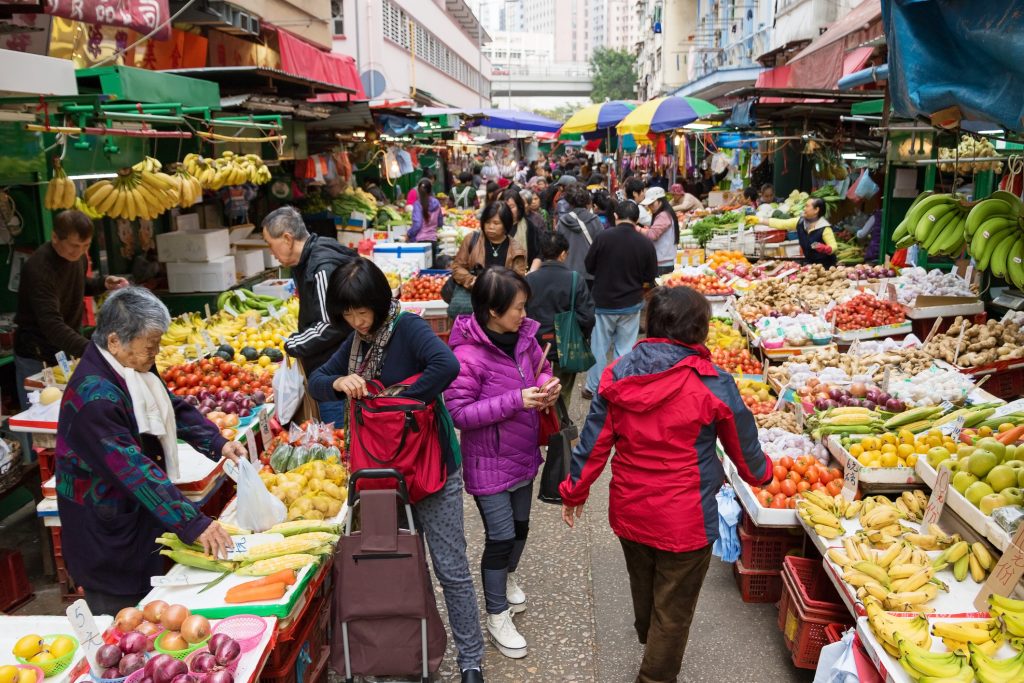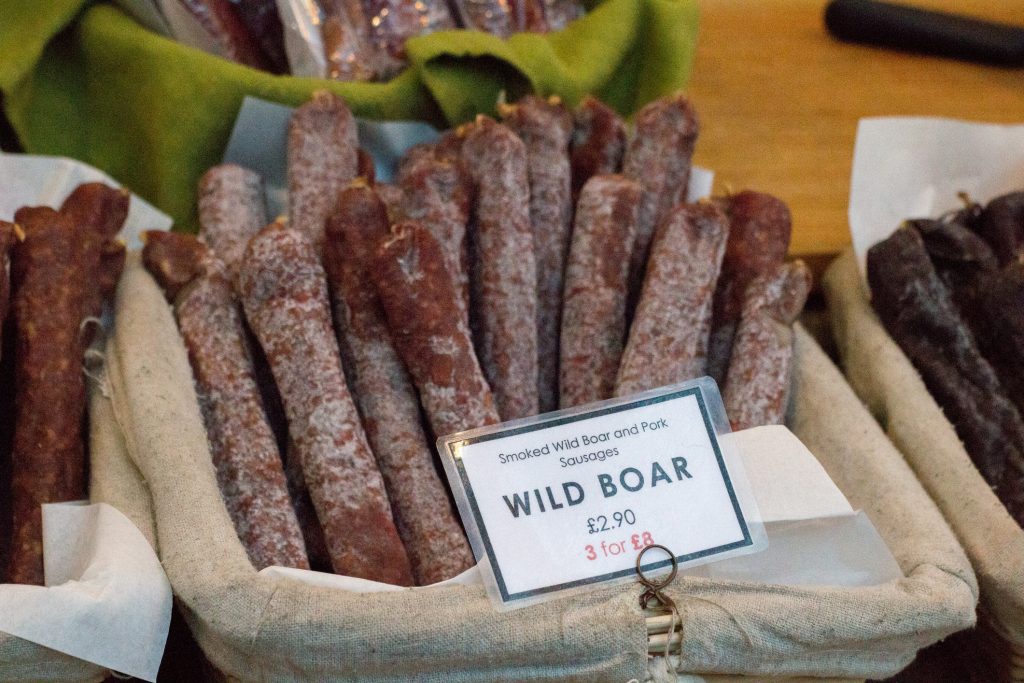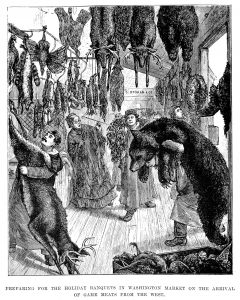I remember the first time I saw Good Versus Evil: Anthony Bourdain and Eric Ripert at the Sony Centre. It was 2013 and Bourdain was recounting a story about one of the worst things he’s eaten—a warthog’s rectum in Namibia—while filming Parts Unknown.
It was his attitude about how rejecting this tribe’s prized dish would be like a rejection of their culture, that resonated with me.
One can seldom speak about culture without talking about food. When my mother first came to Canada as a refugee, cooking nostalgic foods from her youth was a way of holding onto her identity in a new land. It was a way to cope with homesickness. Cuisine embodies tradition, history, lifestyle, values and beliefs. In Chinese culture, many dishes cooked during auspicious occasions point to the virtues of harmony, longevity, health and prosperity.
When former president Trump dubbed the Coronavirus, the “China virus,” he was condemning Chinese culture by pointing to it as the cause of the pandemic. Surely bats, snakes and dogs are staples in China, right?
Um…no.
The reality is that a very small number of the 1.4 billion people who live in China consume the aforementioned foods, no different than the small number of Americans who eat bison or deer. It’s not like you can walk into a grocery store in China on a Monday and ask your butcher for some bat.
Having said that, even if it were a staple, so what?
The transmission of viruses from animals to humans is not unique to the motherland. Further to this, the consumption of wild animals is not, in and of itself, how viruses are transmitted. If the transmission was as simple as ingesting wildlife, I probably would’ve started the “Canada virus” when I tried wild squirrel paté for the first time here in Toronto at a dinner party hosted by one of the city’s most popular chefs known for his love of game meats.

A wet market in Hong Kong. Photo, Getty Images.
The stream of footage showing Asian wet markets was carefully curated and presented on western television. It was misleading at best. Most of the western world was led to believe that a wet market is one where you’d find all sorts of oddities and unappetizing proteins, including bats. What most people fail to realize is that No Frills or Loblaws in Canada would be considered a wet market in Asia.
Not all wet markets have bat readily available. In contrast, a dry market in Asia would mostly be comprised of canned goods, pulses, dried mushrooms and fruit.
The word “exotic” can be and often is used as a term that implies exploration and adventure. But it has also been appropriated as a way for westerners to label what they deem weird, bizarre and foreign.
It’s true, Chinese cuisine includes bear paw, chicken feet, pork blood curd, and bird’s nest soup among its many culinary delicacies, but why is this stranger than chicken or beef? Simply because these are not foods commonly eaten in western cultures—namely the most recent two dominant powers of the world, Britain and America.
Common sense would tell you that the reasons why these foods made it into the Chinese diet are the same as other cultural and regional staples—access and availability.

Smoked wild boar and pork sausages in Borough Market, London. Photo, Getty Images.
What kinds of animals and plants were available in lands that were inhabited or inherited ends up in our bellies?

Vintage engraving of preparing for the holiday banquets in Washington Market on the arrival of game meats from the west, 1882. Illustration, Getty Images.
Of course, with industrialization and modernization, we don’t necessarily have to eat the way our ancestors did. Veganism, gluten-free diets, keto diets are first-world luxuries that our ancestors didn’t enjoy. Many lived through hardships, not knowing when their next meal would be.
The French eat horse and Australians eat kangaroo. So, why has Chinese culture been so brazenly attacked?
I can’t say that I have experienced a lot of anti-Asian transgression throughout the pandemic, most likely because though I may look Asian, my inner workings are mostly Canadian since I was born and raised here. As I live on my own, on weekends I would go home to visit my parents as a good Chinese daughter is expected to do.
Because they live in Scarborough, this was also when I would get to do my tour of Asian grocery stores. Each one took extra precautions like scanning my forehead with a laser thermometer, and no one batted a lash. Perhaps that falls in line with the stereotype that all Asians are subservient, rule-abiding citizens who just toe the line. In contrast, on the odd occasion when I felt discriminated against, it was in mainstream grocers or drug stores.
One time I was asked by another shopper if I could back up until she had finished walking down the aisle. On another occasion, one of the poor security guards got an earful from a patron who claimed that she could not wear a mask (without any medical note to prove her claim).
I often wonder how things would be if Qin Shi Huang had dreamt beyond the unification of China and set out to conquer the world à la Genghis Khan. Perhaps we’d all be feasting on chicken feet instead of fried chicken.
About the author
Yvonne Tsui is a Toronto-based brand marketing and communications specialist with over 10 years of experience in the food and hospitality industry. Her insider status—and ability to analyze trends and data insights to create impactful marketing strategies to excite audiences and reinvigorate KPIs—is a great asset to her clients.

